Ad
Articles
Tech Declassified: Wireless Charging
Series Introduction
Welcome To “Tech Declassified” a series aimed to help the readers of comparos.in to unravel the mysteries of the tech universe in simpler terms.The goal of the series is to help every curious tech enthusiast out there in understanding complex tech lingos.
Technology has become a crucial part of our day today life, it shapes every aspect of our life ranging from the way we communicate all the way up to how we interact with our surroundings.However at times we might get overwhelmed by the intricacies of the modern world innovation.
That precisely where tech declassified comes intoplay our mission is quite clear to break down the barriers of complex tech jargons into simpler and effective manner for every average consumer to understand.Whether you are a seasoned tech enthusiast or a beginner in tech you are sure to benefit from this series, the series will equip you with the required knowledge and understanding required to navigate the digital world
From the latest innovation in artificial intelligence all the way up to the working of your smartphones and smart devies we would be covering everything under the sun.

Introduction
Wireless Charging
Wireless charging is a method of transferring energy from one device to another without the need for physically connecting the two devices. Unlike traditional charging methods which require one to physciallyconnect things via cables and plugs. Wireless technology relies on the principle of electromagnetic field to transfer energy wirelessly between the two devices
At its heart, the wireless charging operates on the principle of electromagnetic induction. When an alternating current is made to pass through a coil in a charging pad , it generates a magnetic field around it and when a compatible device with a receiver coil comes in close contact with the charging pad the magnetic field induces or generates current in the receiver coil, hence charging the devices battery
Users enjoy a plethora of advantages, one of which is the elimination of clutter caused by charging cords; all they have to do is set their smartphone down on a charging pad to begin charging. Wireless charging also increases the lifespan of devices because it gets rid of the strain that comes with using regular charging wires.
Charging our electronic gadgets has never been easier or more convenient than with the advent of wireless charging, which is quickly becoming standard in smartphones, smartwatches, and other devices.

Basis of Wireless Charging
Michael Faraday was the first to discover the idea of electromagnetic induction in the nineteenth century; it is the basis upon which wireless charging functions. As explained by Faraday's law of electromagnetic induction, electromagnetic induction happens when a nearby conductor is electric current induced by a changing magnetic field.
Two primary parts are required to implement this principle in the context of wireless charging: a transmitter (often a charging pad) and a receiver (included in the item being charged). An AC current flows through a wire coil inside the transmitter. The magnetic field surrounding the coil is constantly changing due to the alternating current.
Through electromagnetic induction, an alternating current is induced in the receiver coil of the charged device when it approaches the transmitter coil in close proximity to the former. In order to charge the device's battery, this induced current is rectified.
The alignment of the coils, the distance between the receiver and transmitter coils, and the design of the charging system are some of the elements that determine the efficiency of wireless charging. The efficiency and reliability of wireless charging have been greatly improved by technological improvements, allowing it to be widely used in a variety of electronic products, despite these obstacles.
Types of Wireless Charging
Resonant charging and inductive charging are the two primary categories of wireless charging systems.
-
Inductive Power Supply: Qi charging, sometimes referred to as inductive charging, is the most widely utilised wireless charging technology in smartphones and other electronic gadgets. A magnetic field produced by the charging pad's transmitter coil induces a current in the item being charged's receiver coil during inductive charging. For this approach to charge well, the transmitter and receiver coils must be near together, usually within a few millimetres. Despite its widespread use and efficiency, inductive charging may necessitate exact alignment between the smartphone and charging pad.
-
Resonant Charging: Also referred to as magnetic resonance charging, resonance charging offers increased charging flexibility and range. Resonant charging allows for efficient energy transmission over greater distances, up to several centimetres, because both the transmitter and receiver coils are set to the same resonant frequency. Users can enjoy increased convenience as a result of this technology, which allows devices to charge even when they are not precisely aligned with the charging pad. Resonant charging might, however, be marginally less effective than inductive charging.

All things considered, both resonant and inductive charging have special benefits and are appropriate for various uses based on variables including ease, alignment, and distance. We may anticipate more developments and breakthroughs in both of these approaches as wireless charging technology progresses, which will make charging for users easier and more smooth.
Wireless Charging Restrictions:
Wireless charging is flexible and convenient, but it has several drawbacks that should be considered as well:
-
Length and Direction: For effective charging, conventional inductive charging techniques need the transmitter and receiver coils to be placed close to one another and precisely aligned. Inaccuracies in alignment or a greater distance can cause charging to proceed more slowly or sometimes not at all.
-
Meaning: In general, cable charging techniques outperform wireless charging technologies in terms of efficiency. Lower overall efficiency results from energy losses that happen during the conversion of electrical energy to magnetic fields and back again.
-
Conformity: Not every gadget has wireless charging built in from the factory. A device must have an integrated receiver coil that is compatible with the charging technique being utilised in order to charge wirelessly. Furthermore, there may be discrepancies in the wireless charging standards supported by various devices, which can cause confusion and compatibility problems.
4.Generation of Heat: Particularly when charging high-power devices or for extended periods of time, wireless charging can produce heat. The lifespan of batteries and general device performance can be impacted by excessive heat.
Innovations in Wireless Charging Researchers and engineers are continually developing novel solutions to overcome these constraints and enhance the overall wireless charging experience:
-
Extended-Duration Charging: The advancement of long-range wireless charging technologies, which enable devices to charge over longer distances without requiring exact alignment, is one area of focus. This could make it possible to charge through surfaces like walls and furniture as well as across rooms.
-
Enhanced Efficiency: Research is being done to maximise power transfer and minimise energy losses in wireless charging devices. To optimise charging efficiency, this includes developments in coil design, materials, and electronics.

-
Interoperability and Standardisation: Industry initiatives are meant to improve interoperability between various manufacturers and devices as well as standardise wireless charging methods. This covers the creation of interoperable solutions as well as the acceptance of global standards like Qi charging.
-
Materials Integration: Researchers are looking into how to incorporate wireless charging into countertops, furniture, and car interiors, among other things. This would eliminate the need for separate charging pads or stations and provide seamless charging experiences in common places.
In general, continued research and development initiatives are propelling innovation in wireless charging technology and opening the door for a future when this technology is widely used, more practical, and efficient.
Wireless Charging's Future:
Wireless charging has a bright future ahead of it, with a number of innovative innovations anticipated:
-
Integration into Commonplace Items: It is anticipated that wireless charging technology will find its way into more commonplace items and settings. The future of device powering will be completely changed by the smooth wireless charging of electronics, from furniture and appliances to cars and public areas.
-
Progress in Rapid Charging: We may anticipate major developments in fast wireless charging as technology progresses. Thanks to technological advancements like gallium nitride (GaN) chargers and enhanced power delivery capabilities, manufacturers are already pushing the limits of charging speeds and enabling fast wireless device charging.

- Bi-directional Charging: With the ability for devices to transmit and receive electricity wirelessly, bi-directional wireless charging has a lot of potential uses. With the use of this technology, gadgets may be able to distribute power among themselves, act as portable power banks, or even support decentralised energy networks.
Conclusion
Wireless charging, which offers ease, flexibility, and freedom from the limitations of conventional wired charging methods, represents a paradigm shift in how we power our gadgets. The "Tech Declassified" series attempts to demystify complicated tech subjects and equip readers with knowledge about the technology influencing our environment as we continue to explore the possibilities of wireless charging and other emerging technologies. Come along with us as we explore the fascinating possibilities that lay ahead on this journey of discovery.
Follow Us:
Ad
Recent News
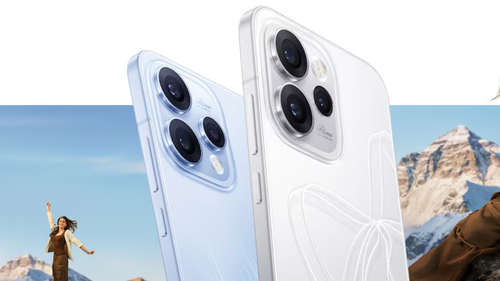
Oppo Reno 15 Series India Launch Confirmed for January 8
07-Jan-2026 12:58 PM
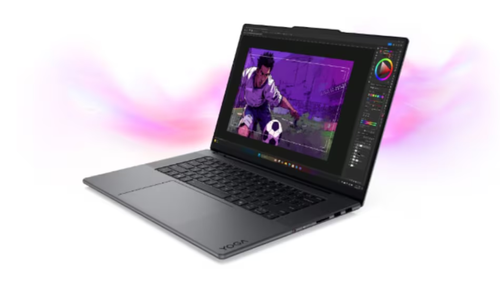
Lenovo Unveils New Yoga, IdeaPad and Slim Series AI PCs at CES 2026
07-Jan-2026 12:48 PM

Redmi Note 15 5G Officially Launched in India
06-Jan-2026 09:11 AM
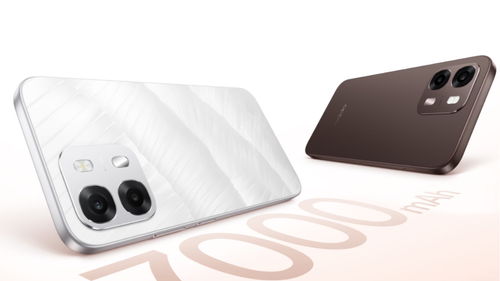
Oppo A6s Set to Launch in 2026 With 7,000mAh Battery: Check this out
05-Jan-2026 09:05 AM

TCL Note A1 Nxtpaper Launched Globally: Check this out!
31-Dec-2025 09:11 AM
Reviews & Guides
View All
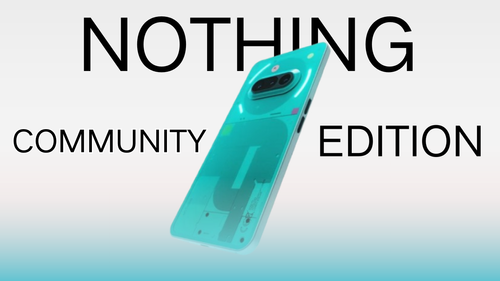
Nothing Phone 3a Community Edition First Impressions: A Fresh Take on Budget Smartphones
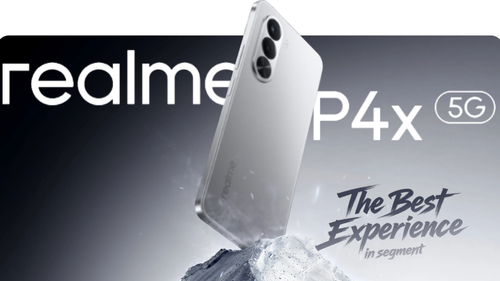
Realme P4x 5G Review: Budget-Friendly Beast with Epic Battery Life

Sony BRAVIA 7 Mini LED K-65XR70 vs. Haier Mini LED H65M95EUX

Samsung QN90F (65QN90FAU) Review: The King of Bright-Room Viewing

Best Air Purifiers for Asthma Patients
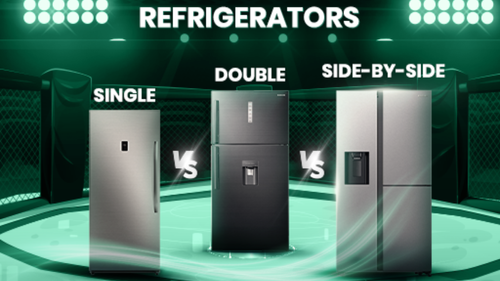
Single Door vs Double Door vs Side-by-Side Refrigerators

Best LG Washing Machines in India

Best Cameras Under ₹50,000 in India
Ad
Latest Mobiles In India
Ad
Ad












